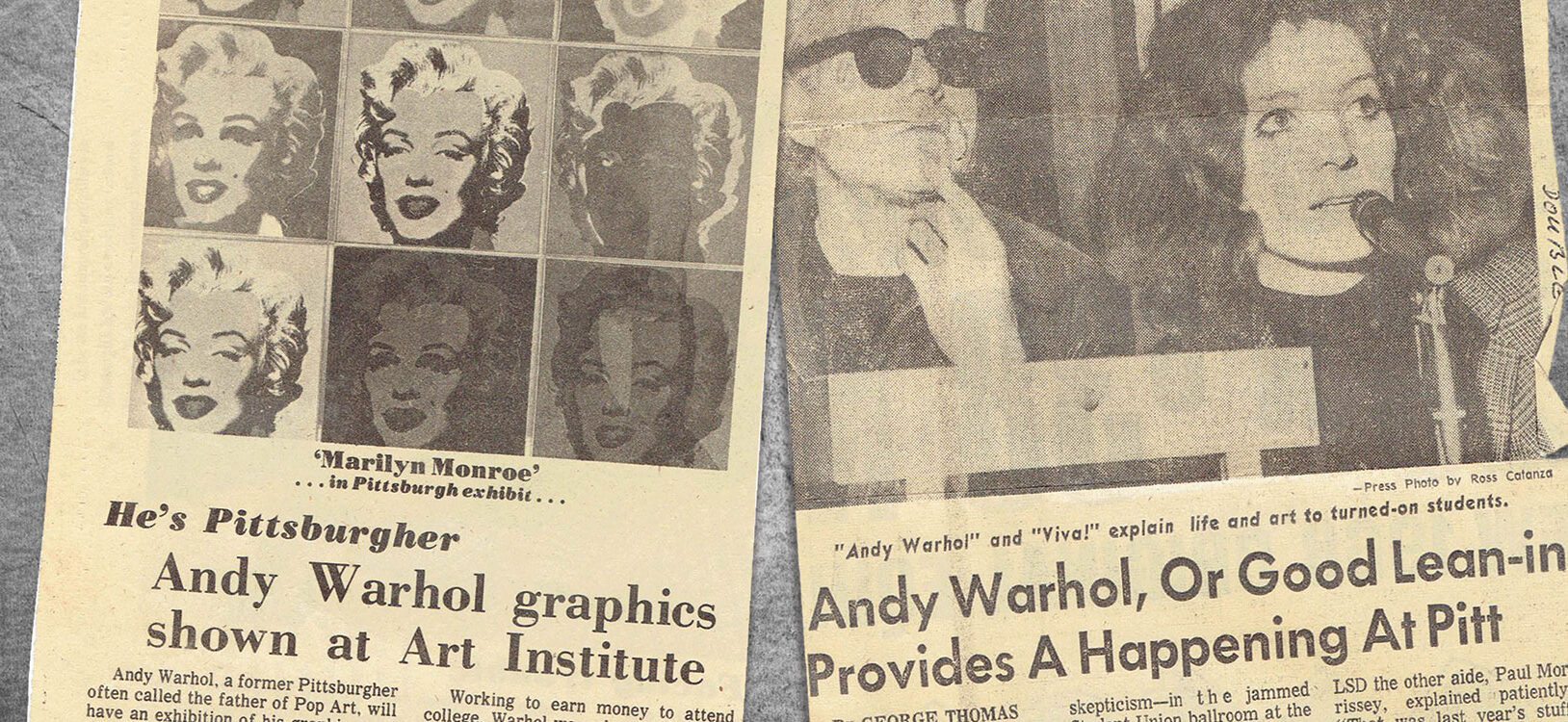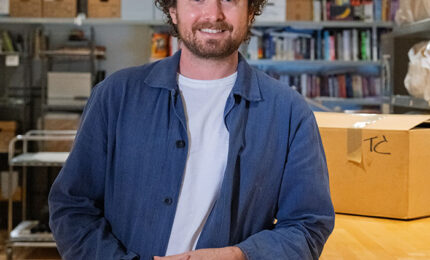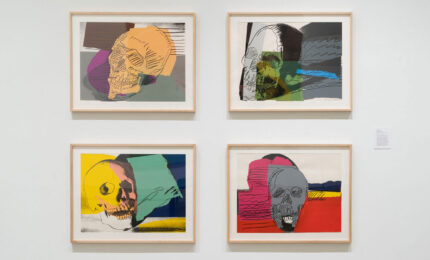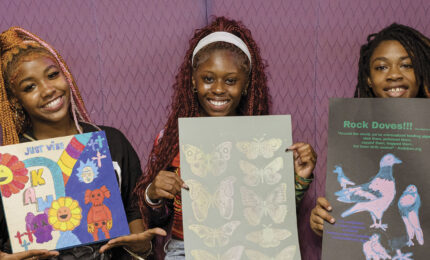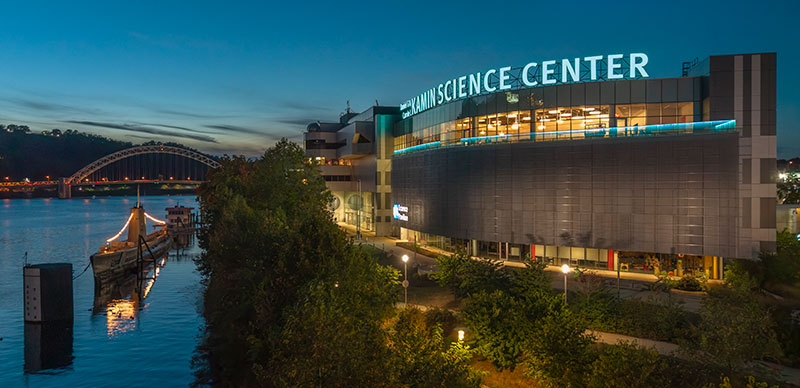In 1949, within weeks of graduating from Carnegie Institute of Technology (now Carnegie Mellon University), Andy Warhol and college friend Philip Pearlstein hopped on a Greyhound bus to New York City. And Warhol would never spend any meaningful time in his hometown again.
The famously elusive Warhol once said, “I am from nowhere.” He even claimed, at times, to be from other cities.
But it wasn’t about disdain for his hometown, says Warhol nephew Donald Warhola, who’s also on the board of The Andy Warhol Foundation in New York. “Keep in mind, my grandmother lived with my uncle for 19 years, so he wasn’t separated from her. And the rest of the family always visited,” says Warhola, who shares stories of his family’s trips to New York with visitors on tours at The Andy Warhol Museum. He adds that his parents had a call with Warhol every Sunday. So, the parts of Pittsburgh that the artist cared about most he had with him in New York.
Warhola recalls how his uncle would sometimes surprise the family with what he knew about the city. One example: “Philip Johnson, one of the architects for the PPG Towers, was friends with Uncle Andy, and I remember Uncle Andy talking with my mom on the phone about how they’re going to be building the new PPG headquarters in Pittsburgh, and she was like, ‘gee, I live in Pittsburgh and I didn’t know that—how did you know that?’” Warhola’s brother Mark also recalls their uncle asking about the Pittsburgh Pirates during one of the team’s World Series runs, which the brothers thought was kind of funny since their uncle didn’t like sports.
“He was always interested,” Warhola asserts. “I really believe he liked to see the progress Pittsburgh was making. There are all those myths out there that he hated Pittsburgh, but you have to put it into context. When he grew up here it was this smoky steel town. But more so, he had a very tough childhood. A lot of sadness, a lot of hard times, with his father dying young and his own illnesses. It’s not something he would have liked to relive.”
There’s only one verifiable account of Warhol visiting Pittsburgh—on March 26, 1968, when he appeared in front of a standing-room-only crowd in Pitt’s Student Union ballroom. The Andy Warhol Museum has five photographs in its collection dated 1968 that were obviously taken that day—the first three of Warhol assistants Paul Morrissey and Viva near the Cathedral of Learning, with Warhol being the presumed photographer, and two of the large audience. A March 27 article in The Pittsburgh Press chronicled the off-beat public “happening,” which included the showing of one of Warhol’s double-exposure “adult home movies.” And it picks up on a rumor that quickly began spreading after the trio left: Was that the real Andy Warhol or just a silver-haired stand-in?
Four years later, in May 1972, Warhol had a small showing of his work (sans the artist) at the Art Institute of Pittsburgh, which included a series of 10 silkscreened portraits of Marilyn Monroe, on sale for a mere $9,000, and his soup cans, valued at just $3,200. None sold. “Think what a bargain they are,” then president of the Art Institute told The Pittsburgh Press. In June 1981, six years before his death, Warhol would receive a commission from Carnegie Museum of Art and philanthropist Richard Mellon Scaife to create a portrait of Andrew Carnegie for Pittsburgh. Scaife paid for the silkscreen and donated it to the museum, and Warhol’s brightly colored take on Pittsburgh’s other famous Andy was hung at the museum in October 1981. It was the city’s greatest Andy Warhol keepsake; that is, until the opening of his museum 13 years later.
What are you curious about?
We’ll investigate what you’ve always wanted to know about the four Carnegie Museums. Write to us at carnegiemagazine@carnegiemuseums.org.
